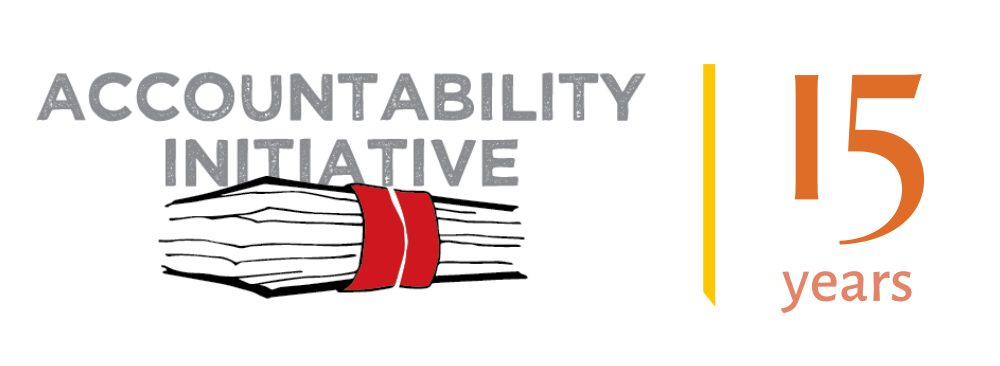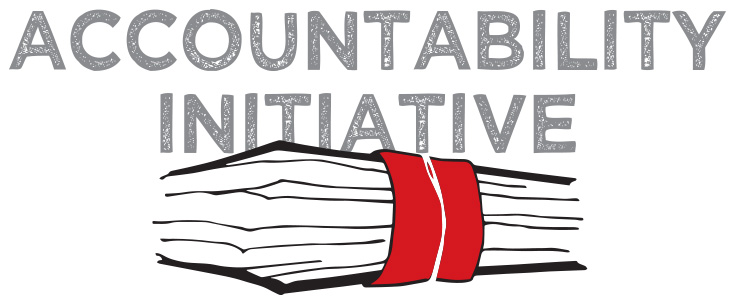Hindol Sengupta
Accept it. Deep down, perhaps even precariously near the surface, in your heart you love the fact that being well-off is slowly returning to vogue. You heap scorn at the fashion weeks (no, you couldn’t have missed them because India had four, or maybe five this year) but you are enormously glad that someone, somewhere had enough money in India to celebrate leggy models and largely unwearable clothes so many times.
Chances are you love the fact that the downturn is coming to an end – unless you belong to India’s Communist parties and were trashed in the polls – and are delighted to know that you will not lose your job after all.
But, as Jeffery Sachs says, most likely the lessons of the downturn are fast being forgotten and no matter which way you read the alphabet soup of recovery (‘L’, maybe ‘V’, why not ‘W’?), there is little doubt that bubbles are forming once again even as the first champagne bottles, in a year and a half in some cases, are being uncorked.
So what lessons are being forgotten post the downturn?
In July, in a special issue, The Economist pointed out that how the bubble burst is fundamentally altering economic theory, arguing that macroeconomists, especially central bankers, “were too fixated on taming inflation and too cavalier about asset bubbles”.
Now, as the US economy reports growth for the first time in about a year, officially, as some newspapers have reported, ending the “longest since World War II” recession, the question to ask is what forms asset bubbles, why are they ignored and is it possible, somewhere, even at this moment, more asset bubbles are forming but there is little chance that we will know what they are until they burst spectacularly?
The downturn has brought several theories of melting pedestals of finance and macroeconomics and rethinking, more dramatically, the basis of neo-liberal capitalism. The question – many have asked – is, is capitalism now on an irretrievable collision course with the greater common good and has it now been irretrievably proved that left to itself, un-shepherded capitalism is apocalyptic?
The answer of course is yes, and yes.
In our terror-ridden world, economic and political apocalypse is, assuredly, intertwined.
If you peer closely at the debate that surrounds analysis of Wall Street greed to Maoist violence in India’s infamous Red Corridor, from terror recruits in dysfunctional, and one is being kind here, North Africa, to the new great game for oil, friction and finance are constant bedfellows.
Look closely at what India’s considers the biggest threat to the nation state these days – Maoist violence. With an estimated one-third of the country controlled continuously or intermittently by Maoists and ever increasing instances of violence, including the heavily politicised train-jacking, there is reason for real concern.
But at the heart of the battle is a deep service delivery failure. Decades of poor delivery of resources and opportunities in India’s large tribal swathes have turned them into a battlefield where argument for a different, inclusive model of development have reached bullet-point.
For evidence, listen to the latest statements of Kishenji, the ever-elusive but omnipresent Maoist chief, always shot with his back to the camera and a gun strategically slung on the shoulders (so that the gun faces the camera even if he does not) who has challenged the West Bengal government to finish development faster than the Maoists.
Among the Maoist brag: they would sink 100 tube-wells in the next month and also set up 15 temporary hospitals. All this barely 200 kilometers from Calcutta.
Rebels are doing what the government has not in 60 years.
In Peshawar, widely known as Pakistan’s (Asia’s?) Wild West, Pakistani diplomats have often told me why there is so much support for the Taliban. They bring security and a sense of the fair rule of law which the corrupt administration has always failed to deliver.
So while asset bubbles are created in one part of the world, another breeds violence devoid of basic guarantees of the nation state and the two are in constant path of collision.
There is a big common ground between conservative politics and neo-liberal economics – an almost fascist disdain for dissenting views. In India, this has meant that as the country squeezes 20 years of Western growth in two or three years, there is little space of questioning this development model.
In this arrogance of development, dissent is not merely derided, it is treachery.
The big lesson of the post-downturn debate is whether in the world of Maoist violence and terror attacks, in a world of the debris of once-great banks, can there be space for Dissent Economics?
In his prophetic essay ‘The Future of Dissent’ on the ‘Futures’ edition of India’s leading thought journal Seminar in December 1997, historian Ashis Nandy wrote:
“It is the responsibility of the citizen-futurist… to defy and subvert the ‘inevitable’ in the future, only another name for a tomorrow which dare not be anything other than a linear projection of yesterday. Students of the future owe it to themselves to create a gap between those whose idea of the future is modelled on the Wall Street share market or on nineteenth century Europe and those ideas of the future that could be called contemporary versions or reincarnations of the prophetic.”
As Wall Street alchemists now know, the future might often not be the linear projection of the histories of the past.
Through the idea of Dissent Economics, I want to argue that our collective future can be far better prophesied if space is made for dissent. Dissent Economics, formalised as part of mainstream debate, will ease radical pressures on the system and would aid cooperative negotiation that are more effective in bringing change.
How can Dissent Economic Theory be statistically integrated to mainstream analysis?
The beginning must be far away from the data charts, on the field, by allowing and indeed enabling processes bring together dissenting viewpoints into mainstream debate. Provisions such as these already exist in government programs in education, health, employment guarantee schemes etc, but need to be implemented better.
Dissent Economics seeks to understand and extract from what initially might seem to be fringe criticism of popular notions but through micro-analysis is able to extract clues and forecast scenarios that takes a more holistic picture of the future, not so much as a linear projection of the past, but the sum of total of collective experience and opinions where even a breakaway radical critique centre might be explosive enough to derail the ‘inevitable’.
Dissent Economics at its core of course is about democracy.
Hindol Sengupta is Associate Editor, Bloomberg UTV


